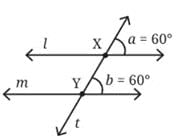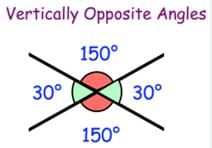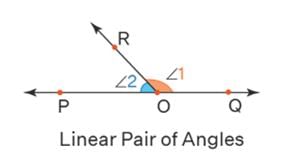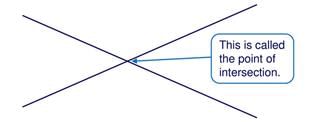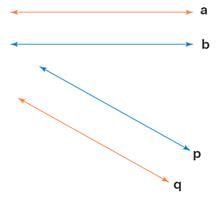Test: Parallel and Intersecting Lines - Class 7 MCQ
15 Questions MCQ Test - Test: Parallel and Intersecting Lines
If two lines are parallel, what can be said about the corresponding angles formed when a transversal crosses them?
If angle a measures 120°, what is the measure of angle b if angles a and b are a linear pair?
If two angles are alternate interior angles and are equal, what can we conclude about the two lines they are between?
What type of angles are formed by two intersecting lines?
What do we call a line that intersects two or more other lines?
What is the sum of the interior angles on the same side of a transversal when it intersects two parallel lines?
What is the measure of each angle when four angles are formed by two perpendicular lines?
What term is used to describe two lines that intersect at a single point on a flat surface?
Two lines intersect. One of the angles at the intersection is 90°. If this angle is increased by 10°, what is the measure of the angle adjacent to it in a linear pair?
In an optical illusion, a set of horizontal lines appears to be slanted due to zigzag patterns drawn between them. What is the actual relationship between the horizontal lines, and why does the illusion occur?
What is an example of a real-world application of parallel lines?
A student folds a rectangular piece of paper in half vertically three times. How many parallel lines are formed by the creases and the vertical edges of the paper, and how many of these lines are perpendicular to the horizontal edges?
Which type of lines never intersect, no matter how far they are extended?
What type of angles are formed outside two lines when a transversal intersects them?


